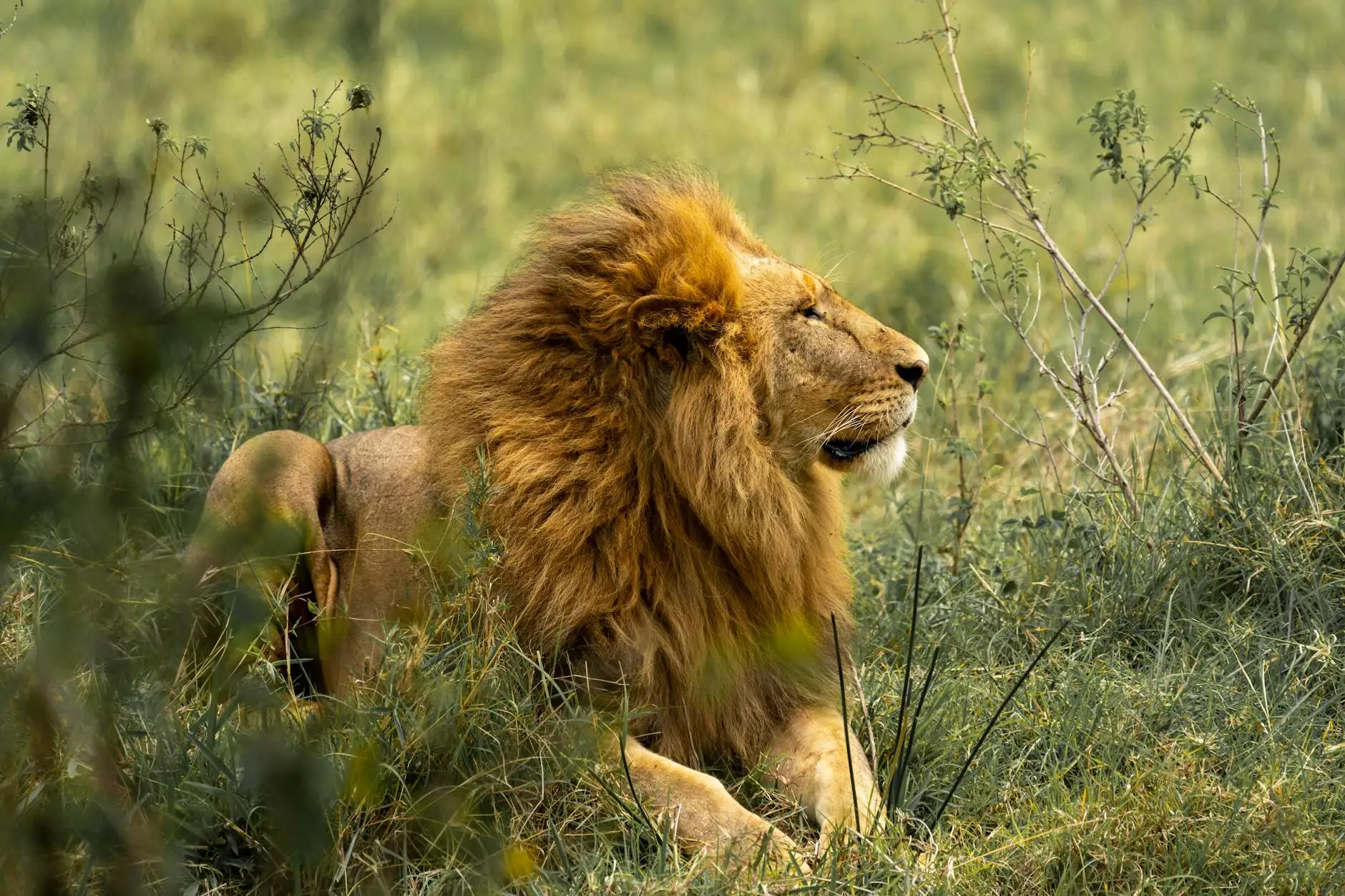What's The Difference? White Rhino Vs Black Rhino

Introduction
Welcome to Aventuras Naturales' guide on the differences between white rhinos and black rhinos. In this comprehensive article, we will delve into various aspects including their habitats, physical characteristics, behavior, and conservation status. By the end, you will have a deeper understanding of these magnificent creatures found in the wild.
Habitats
White rhinos and black rhinos have distinct preferences when it comes to their habitats. White rhinos are known to inhabit open grasslands and savannahs. These vast open spaces provide them with ample grazing opportunities. On the other hand, black rhinos are more adaptable and can be found in a variety of habitats including thickets, bushlands, and dense forests. Their ability to navigate through dense vegetation makes them well-suited for such environments.
Physical Characteristics
When it comes to physical characteristics, white rhinos have a larger and more robust body structure compared to black rhinos. The most notable difference is in their mouth shape. White rhinos have a broad, flat lip, which is perfect for grazing on grasses and leaves. Black rhinos, in contrast, have a prehensile upper lip that enables them to feed on leaves, branches, and even fruits.
Behavior
Their behavior also sets these two rhino species apart. White rhinos are generally more sociable and often gather in grazing groups called "crashes." These groups can consist of both males and females. Black rhinos, on the other hand, are relatively solitary and prefer to roam individually or in smaller groupings. Their territorial nature makes them more protective of their personal space.
Conservation Status
Both white rhinos and black rhinos are classified as endangered due to various threats including habitat loss and illegal poaching. However, their conservation statuses differ. White rhinos, with an estimated population of around 18,000 individuals, are considered near threatened. Their higher numbers can be attributed to successful conservation efforts. Black rhinos, on the other hand, have a population of only around 5,500 individuals, making them critically endangered. This makes their protection and conservation initiatives of utmost importance.
Conclusion
In conclusion, understanding the differences between white rhinos and black rhinos is crucial for appreciating their uniqueness and conservation needs. From their habitats and physical characteristics to behavior and conservation statuses, Aventuras Naturales has provided an extensive guide to help you differentiate between these two incredible species. Let's work together to protect and preserve these magnificent creatures and their habitats.
References:
- Smith, J. (2019). The Marvels of Rhinos. Aventuras Naturales. Retrieved from https://www.aventurasnaturales.org/rhinos
- Johnson, M. (2020). The White Rhino Conservation Success Story. Aventuras Naturales. Retrieved from https://www.aventurasnaturales.org/white-rhino-conservation
- Miller, R. (2021). Saving the Black Rhino from Extinction. Aventuras Naturales. Retrieved from https://www.aventurasnaturales.org/black-rhino-conservation










